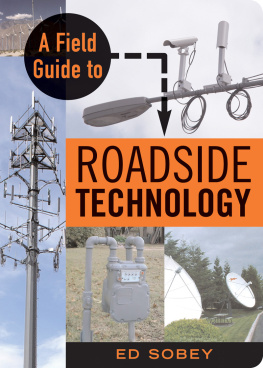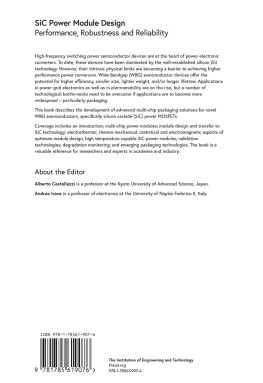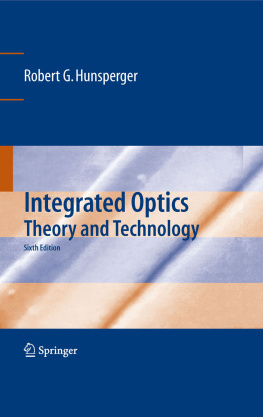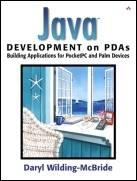Contents
List of Figures
Guide
Pagebreaks of the print version
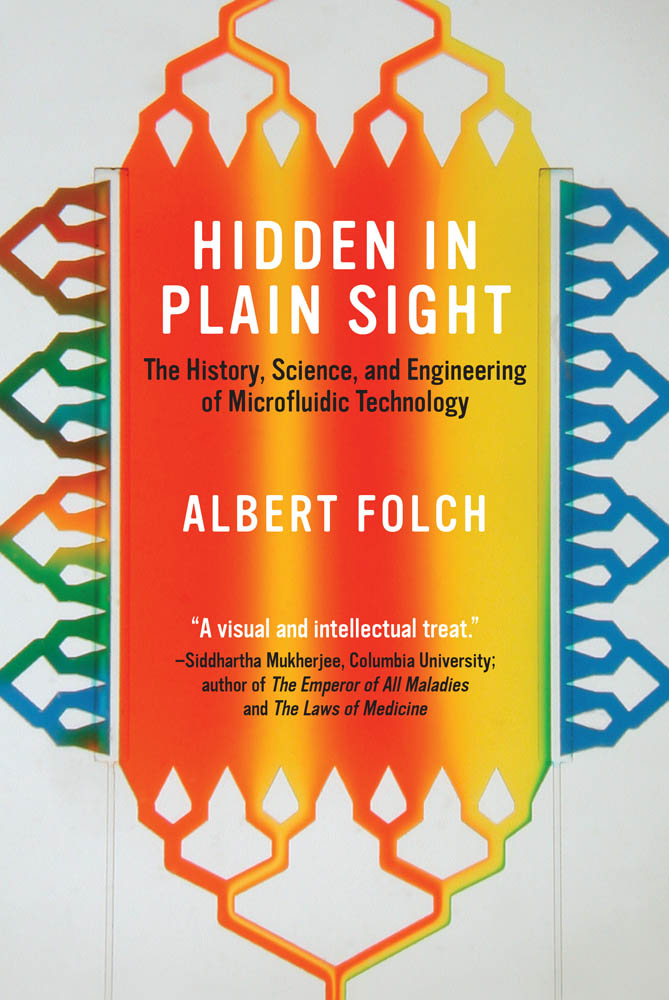
HIDDEN IN PLAIN SIGHT
The History, Science, and Engineering of Microfluidic Technology
ALBERT FOLCH
The MIT Press
Cambridge, Massachusetts
London, England
2022 Massachusetts Institute of Technology
All rights reserved. No part of this book may be reproduced in any form by any electronic or mechanical means (including photocopying, recording, or information storage and retrieval) without permission in writing from the publisher.
The MIT Press would like to thank the anonymous peer reviewers who provided comments on drafts of this book. The generous work of academic experts is essential for establishing the authority and quality of our publications. We acknowledge with gratitude the contributions of these otherwise uncredited readers.
Library of Congress Cataloging-in-Publication Data
Names: Folch i Folch, Albert, 1966 author.
Title: Hidden in plain sight : the history, science, and engineering of microfluidic technology / Albert Folch.
Description: Cambridge, Massachusetts : The MIT Press, 2022. | Includes bibliographical references and index.
Identifiers: LCCN 2021033924 | ISBN 9780262046893 (hardcover)
Subjects: LCSH: Microfluidics. | Microfluidic devices. | Biomedical devices.
Classification: LCC TJ853.4.M53 F65 2022 | DDC 620.1/06dc23
LC record available at https://lccn.loc.gov/2021033924
d_r0
To Mehmet Toneras a triple token for his mentorship, generosity, and friendship
CONTENTS
LIST OF FIGURES
AFM image of electron-beam-deposited carbon needles.
Dewdrops on a leaf.
The surface tension of water allows a water strider to stay afloat.
A mosquito drills into the skin with her fascicle, a natural microneedle.
The spontaneous rise of water inside a 100-micron-wide glass tube by capillarity. The motion stops at around twice the height shown in the image once balanced by the weight of the water.
Quill pens use capillarity to fill their hollow shaft with ink. The image shows two turkey feathers before and after being made into writing quills. Bottom quill: unmodified. Top quill: cut, hollowed, and polished.
Modern fountain pens have a metal nib with a slit, which causes continuous capillary wicking of the ink between a reservoir and the paper.
The tip of a BIC ballpoint pen at high magnification. The ink is specially designed with the right surface tension and viscosity to allow for transfer of a thin layer of ink between the reservoir and the outside as the miniature metal sphere rolls when you write. More than 100 billion BIC pens have been sold since 1950, making it the most successful microfluidic device in history. This image is licensed under a CC BY 3.0 license.
Drops on the petals of a daisy flower. The drop shape is held by surface tension.
Ultra-high-speed photography of a water drop as it bounces off a water surface.
High-speed photography of a water jet reveals the breakup of the stream into droplets. This breakup is imperceptible to the naked eye.
Sixteen dye streams seem to not mix when they are squeezed into one channel as flow goes from left to right. The brief amount of time the dyes spend in contact with each other as they travel from the left of the image to the right does not result in sufficient dye diffusion for the eye to detect. Although the interface between the blue and the red dyes suggests that they are diffusively mixing into each other, we know from the other dyes that they have not had time to mix yet. The black lines are mostly an optical effect due to the slight inclination of the fluid interface arising from a channel wall slant, a fabrication defect. What we see as dark bands was created by light going through both the red and blue dyes as they flow in (slanted) parallel sheets or laminar flow, but the dark bands disappear as the streams are squeezed into a vertical orientation between two parallel, vertical walls.
A microfabrication clean room. The air is filtered and engineers must fully gown in bunny suits to avoid dust contamination. Yellow light can be used because the photoresists are not sensitive to it. This file is in the public domain in the United States because it was solely created by NASA.
A photomask.
The motherboard of a modern computer. Each black integrated circuit square contains millions of MOSFET transistors.
Many thermoplastics are good materials for microfluidics because they are transparent and biocompatible. They can also be easily micromilled because they are soft.
Thermoplastics can also be laser cut with high precision. This image shows a combinatorial mixer where fluids are flowing at four different levels. The mixer has been fabricated courtesy of laser cutting and stacking of nine mylar laminates.
In academic settings, most microfluidic devices are fabricated by PDMS molding. The image shows the separation of a PDMS replica from a microfabricated mold on a silicon wafer.
A 1-millimeter-thick microfluidic device made in PDMS is being held by tweezers to illustrate the flexibility of PDMS.
A PDMS microfluidic device that uses the light of a blue laser (bottom left in the image) for DNA detection.
A glass microfluidic device that has been fabricated by femtosecond-laser micromachining followed by chemical etching by HF. The laser was focused below the surface and only modified the inside of the glass, so no bonding was necessary. In the image, the device was used to demonstrate the hydrodynamic focusing of a red dye stream with two blue dye streams.
A spray bottle is used to create a mist, a suspension of fluid droplets in air.
The planar chromatography column designed by Steve Terry for his gas analyzer. The spiral channel is 30 microns deep, 200 microns wide, and 1.5 meters long, occupying a 5-centimeter-wide circular area.
The Stanford gas analyzer.
Detail of the fluidic circuitry underlying the Stanford gas analyzer.
Cross sections of grooves etched in silicon with (a) KOH etchant in silicon {100}, (b) KOH in silicon {110}, and (c) HF-HN03 etchant.
KOH-etched pits in a silicon wafer (by Andreas Manz).
Sequence of high-speed micrographs (from left to right) depicting the ejection of two droplets from the same nozzle. The diameter of the nozzle is 30 micrometers, and the time between each image is three microseconds. For this type of printhead, droplets can typically be produced with a volume of 132 picoliters, the jetting frequency ranges between 10 and 100 kilohertz, and the final droplet velocity ranges from 5 to 10 meters per second.
Stirring of food dyes into olive oil generates an emulsion, a suspension of droplets in oil.
This image seems like a science-fiction illustration of a turbulent galaxy, but it is a real demonstration of how surfactant accumulates at droplet boundarieswhere surfactant is supposed to be. The surfactant has been labeled with a green fluorescent dye so it can be observed. The beads are moving and leave a cosmic-looking trail of fluorescence in the camera.
Generation of droplets in a 50-micron-wide microchannel using a T-junction. A water stream (colored blue) is continuously injected at a 90-degree angle into a mineral oil stream (colored yellow). Flow is from left to right. The water stream breaks up spontaneously into droplets that are transported downstream by the oil flow.
High-speed filming of the merging of two droplets. The clear droplet gets trapped upon entering the chamber because the oil goes around the droplet until the second (dark) droplet collides against it from behind. The collision merges the two droplets and provides enough energy to leave the trap. The whole sequence takes just over one hundredth of a second to complete.



